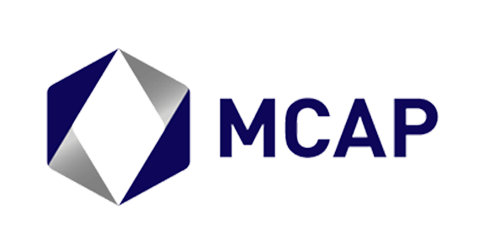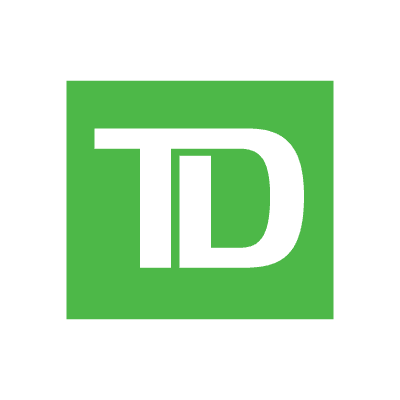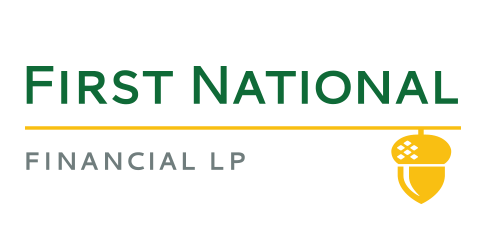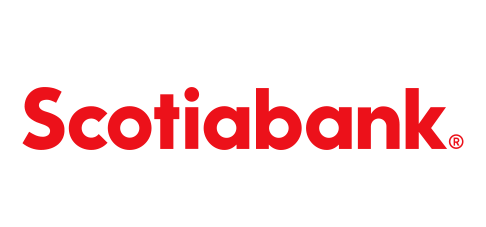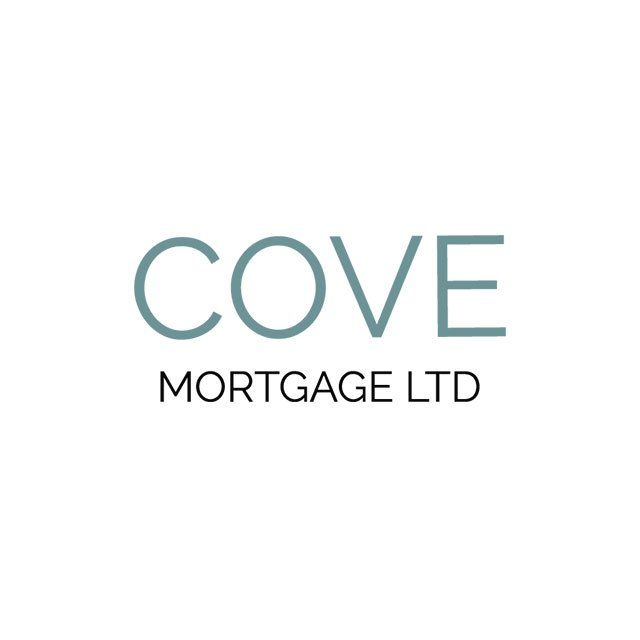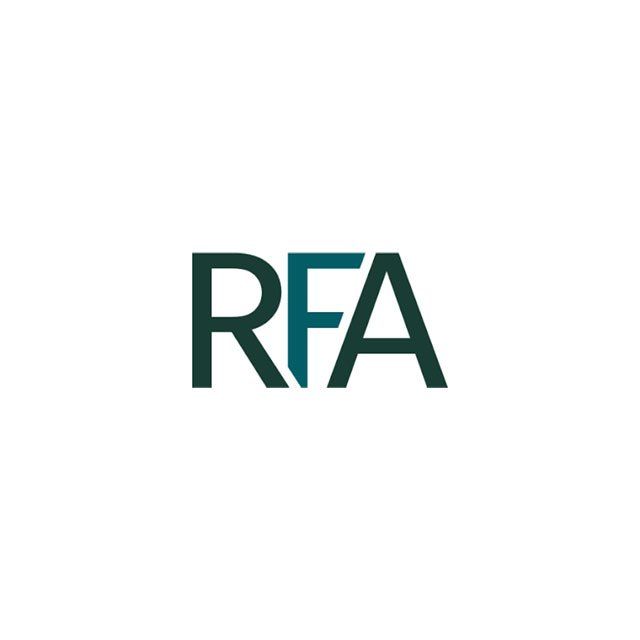JODY BLUE
Getting a mortgage can be stressful and confusing;
it doesn't have to be, let me show you how.
Finding the best mortgage can be frustrating. It doesn't have to be when you follow my 3 step plan.
Get started right away
The best place to start is to connect with me directly. My commitment is to listen to your needs, assess your financial situation, provide professional mortgage advice, and
guide you through the mortgage process.
Get clarity
Sorting through all the different mortgage lenders, rates, terms, and features can be overwhelming.
Let me cut through the noise. I'll outline the best mortgage products available with your needs in mind.
Proceed with confidence
My goal is to make sure you know exactly where you stand at all times. From your initial application through your mortgage renewal, I'm available to answer any questions for as long as you need a mortgage.
I've got you covered.
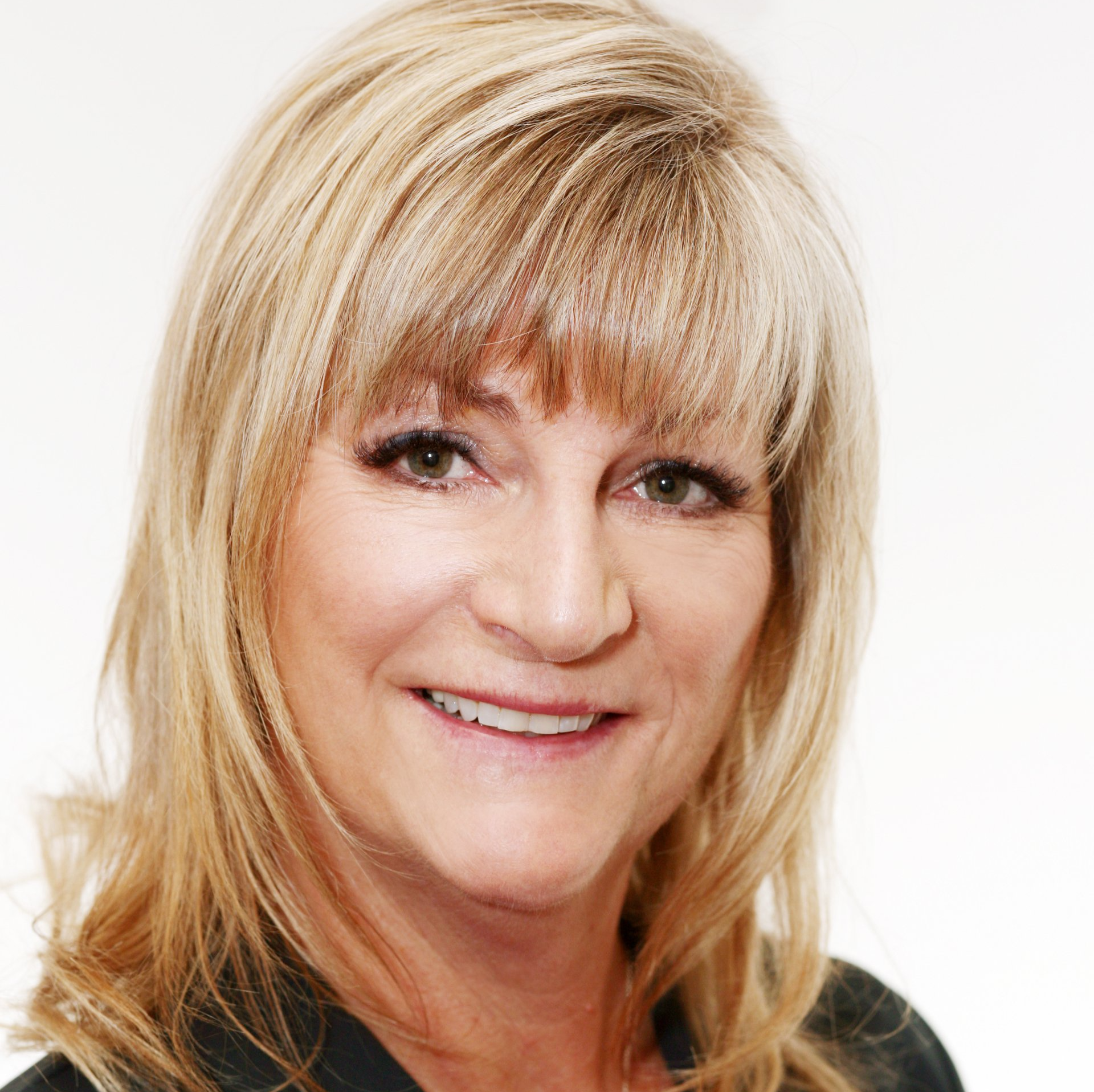
JODY HENRY
MORTGAGE BROKER
Jody Henry is an industry leading mortgage professional with over 25 years of experience in the real estate and mortgage industry. Jody and her partner, Kevin Blue, opened their office in Qualicum Beach in 2001, and in 2008 established one of Dominion Lending Centre’s first owner-operated franchise offices.
Jody has dedicated her career to helping others plan and create mortgage strategies best suited to their individual goals and needs. In more recent years it became evident that there was a growing need for people in, or entering retirement. To help fill the gap in this need, Jody became a Certified Reverse Mortgage Specialist with Home Equity Bank, allowing her clients to effortlessly access the equity in their home.
Jody lives in the Oceanside Community surrounded by her family. She is often found on the local golf courses or roaming the beaches of Tofino.
Nice things people have said about working with me.
CALCULATE
SIGN CONSENT
I take your privacy very seriously. Here is a quick consent form that you can use to indicate that you'd like to start the process in finding a mortgage with me!
APPLY NOW
Arrowsmith Mortgage Corp provides mortgage services to loyal clients in a transparent environment, with an authentic voice, helping them feel protected, and save time and money.
Mortgage Financing
Whatever your mortgage needs; at Arrowsmith Mortgage Corp , we have the products you're looking for. Contact us anytime to find out more!
First Time Home Buyers
Going Through a Divorce?
Experienced Home Buyers
Mortgage into Retirement
Get started by completing my online mortgage application.
I'll let you know exactly where you stand so you can proceed with confidence.
Articles To Keep You informed









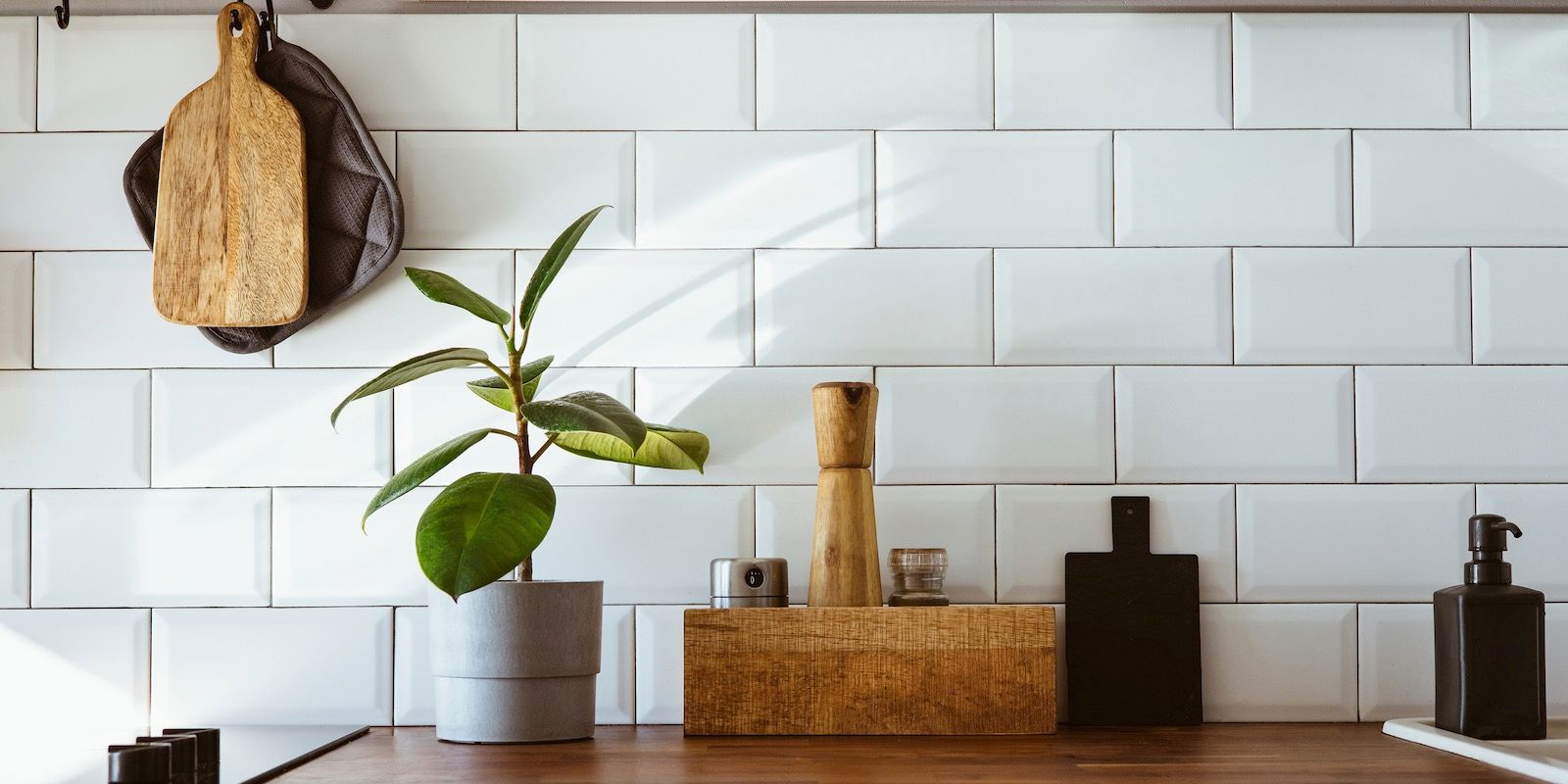
The power of working with Arrowsmith Mortgage Corp is that you don’t just get a Mortgage Broker, you get the care, attention, and knowledge of our entire team.
VALUED RELATIONSHIPS
Everything you need,
all in one place
As a trusted mortgage provider, let me help you with these services.
Click through any of the services to learn more

